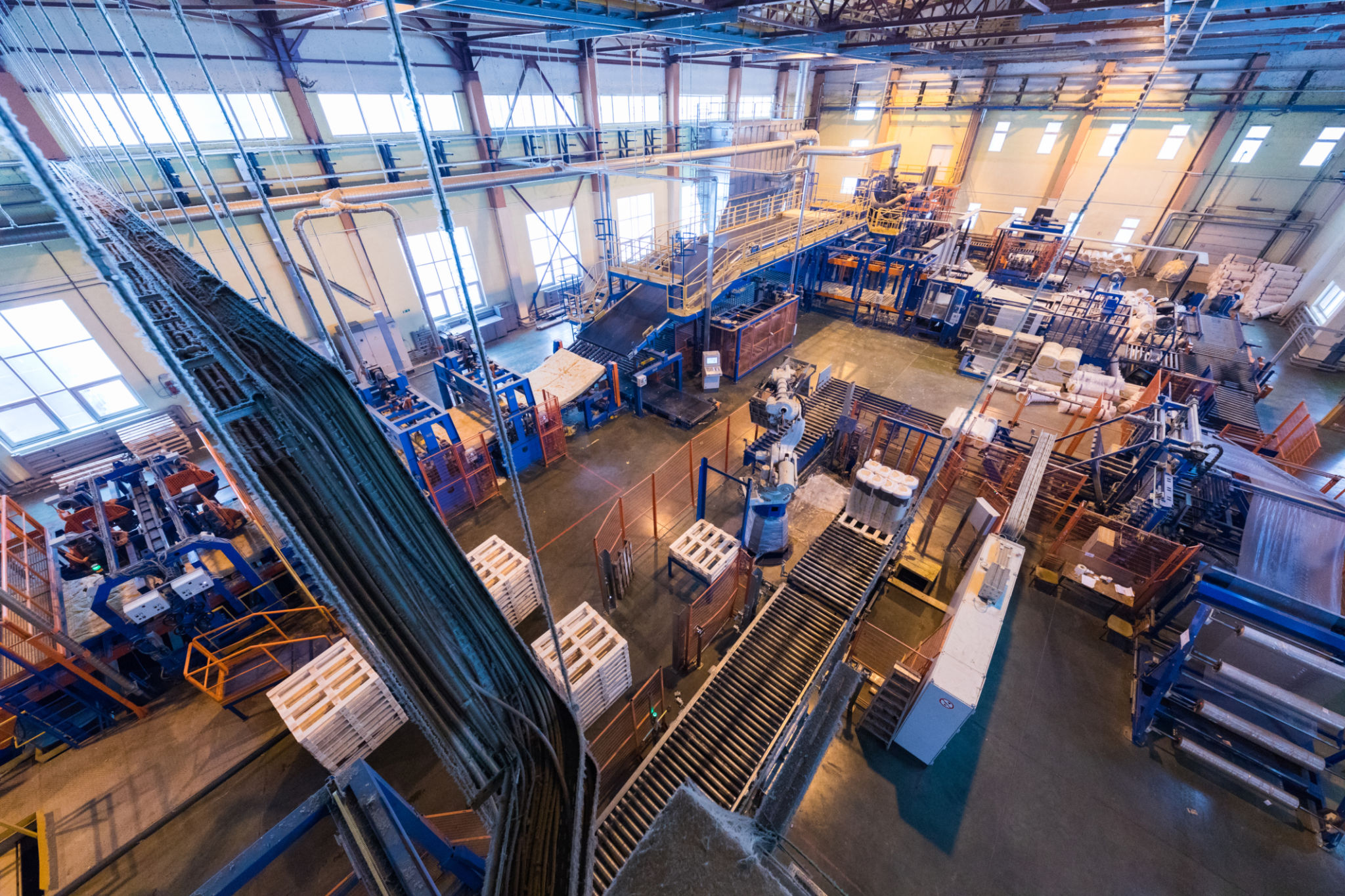Common Misconceptions About Material Handling in the Oil Industry
Understanding Material Handling in the Oil Industry
Material handling is a critical component in the oil industry, yet there are several misconceptions surrounding it. These misconceptions can lead to inefficiencies and safety risks. To optimize operations, it's essential to address and dispel these myths. In this blog post, we'll explore some of the most common misconceptions about material handling in the oil sector.

Misconception 1: Material Handling is Only About Transportation
Many people believe that material handling is solely about moving products from point A to point B. While transportation is a significant aspect, material handling encompasses much more. It involves the entire process of managing materials, including storage, protection, and control throughout manufacturing, warehousing, distribution, and disposal stages.
Effective material handling ensures the right materials are delivered to the right place at the right time, minimizing waste and optimizing resources. It's about streamlining the entire supply chain process to ensure efficiency and safety.
Misconception 2: Manual Handling is Always Cheaper
Another common misconception is that manual handling is more cost-effective than investing in automated solutions. While it's true that initial investments for automation can be high, the long-term benefits often outweigh the costs. Automated handling systems can significantly reduce labor costs, minimize errors, and enhance safety.

Moreover, automation improves efficiency and productivity, allowing companies to scale operations without a proportional increase in labor costs. As technology advances, automated solutions are becoming more accessible and affordable for businesses of all sizes.
Misconception 3: Safety is Secondary to Efficiency
There's a dangerous myth that prioritizing efficiency over safety is acceptable in material handling. In reality, safety should never be compromised. The oil industry operates in high-risk environments where mistakes can lead to catastrophic consequences. Therefore, safety protocols must be integrated into every aspect of material handling.
Ensuring that equipment is well-maintained, workers are properly trained, and safety measures are strictly followed is crucial. Investing in safe practices not only protects workers but also enhances overall operational efficiency by reducing downtime caused by accidents.

Misconception 4: One-Size-Fits-All Solutions Work
Some believe that a one-size-fits-all approach can be applied to material handling in the oil industry. However, each operation has unique requirements based on factors like location, scale, and specific materials handled. Customizing solutions to fit these needs is crucial for optimizing performance and safety.
Tailored solutions take into account the nuances of each operation, ensuring that material handling systems are both efficient and effective. Companies should work closely with experts to design systems that address their specific challenges and goals.
Conclusion: Debunking Myths for Better Operations
By addressing these misconceptions, companies in the oil industry can improve their material handling processes. Understanding that material handling involves more than just transportation, investing in automation, prioritizing safety, and customizing solutions are key to achieving operational excellence.
As the industry continues to evolve, staying informed and adaptable will be crucial for maintaining efficiency and competitiveness. Embracing best practices in material handling can lead to significant improvements in productivity and safety.